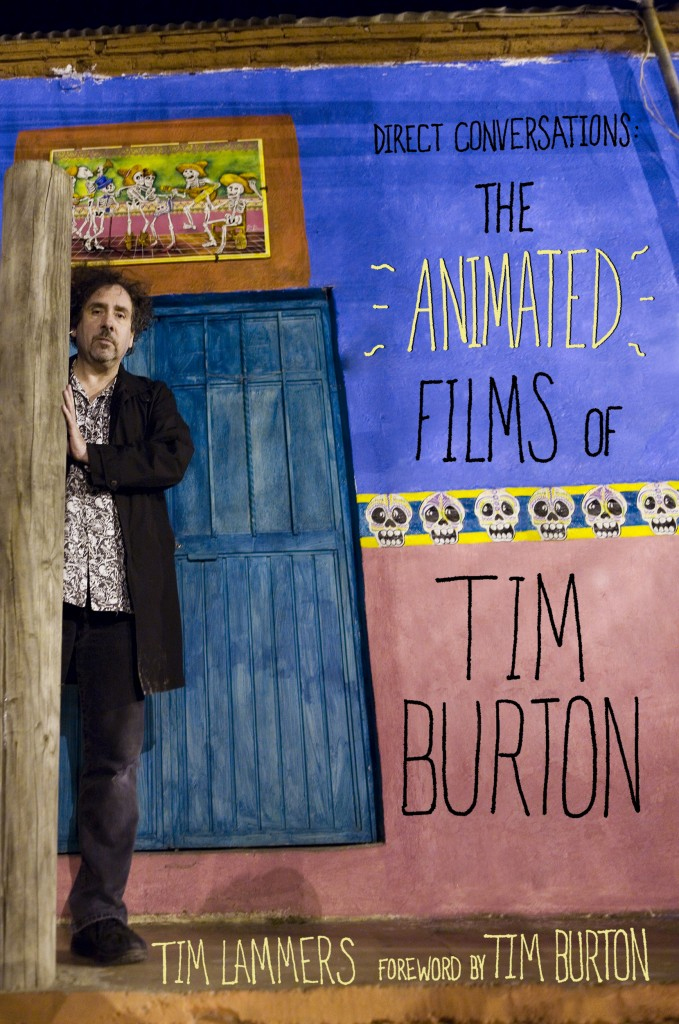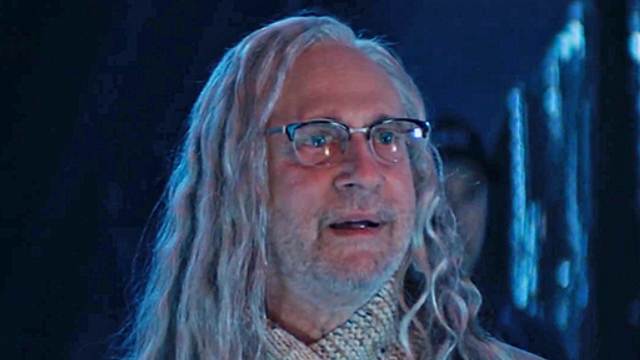For those who hoped that Brent Spiner’s loony yet lovable “Independence Day” character Dr. Brackish Okun somehow miraculously survived the death grip of a nasty alien in the blockbuster film 20 years ago, get ready for a dose of good news.
Dr. Okun was not dead, he was merely sleeping.
Turns out that Dr. Okun, the mad scientist from Area 51, has been in a coma for 20 years. Of course, the kicker is, it’s been 20 years since the release of the first “Independence Day” — and Spiner, whose characters over the years include the iconic android Data from “Star Trek: The Next Generation” from TV and film — hopes that fans equally respond to Okun the way they did two decades ago.
“When you come back and do a role 20 years later, the hope is that you don’t undermine the fans’ affection for the role,” Spiner said in a recent phone conversation from Denver. “You hope that they will come out of the theater with the same sort of affection they had for the character that they had for the first time.”
Opening in theaters Thursday night nationwide, “Independence Day” is literally set 20 years after the events of the 1996 original, where after two decades of peace, the human race is targeted once again by their long-tentacled foes. The funny thing is, while fans have been uttering words like “It just seems like yesterday” that the first “Independence Day” came out, when Dr. Okun awakens in “Resurgence,” it really does feel like yesterday since he’s been in a deep sleep since 1996.
“I had a meeting with (producer and co-screenwriter) Dean Devlin when I first got the script and I said, ‘You know, the unique thing about this is, for everyone else in the story, 20 years has gone by, but for Dr. Okun, it happened in the blink of an eye,'” Spiner said. “Also, where Dr. Okun in concerned, he was already an anachronism in a way. He was a man of the ’60s and is still that. No matter what sort of changes have occurred, he stays in the same place.”

Spiner said he was thrilled by the direction the screenwriters and director Roland Emmerich took with Dr. Okun by making him a bigger part of the story in “Resurgence.”
“The character is much deeper than before. We know much more about him and there’s more of a story,” Spiner explained. “Dr. Okun has a story this time. Yes, he fits in with everybody else and works with them in trying to survive this insurmountable problem, yet there’s a subtext that there wasn’t in the first film about who exactly he is.”
Of course, the special effects for the first “Independence Day” were groundbreaking in 1996, and there’s no question the technology has grown exponentially since then. Still and all, Spiner is pleased that Emmerich, who was at the helm of the first film, has maintained his keen sense as a storyteller while growing and learning as a filmmaker.
“I think he’s grown in a number of ways,” Spiner said. “Yes, Roland is capable of playing with all the new toys in the special effects world because he’s a smart guy and he knows what he is doing. But I think his sensibilities as a collaborator have grown, too. The way he works with actors has grown. I love working with Roland. I love his openness to experimentation, yet there was a real sense of trust. If Roland thinks his direction is right, that’s what I’m going to go with because he has a real certainty about him about what is right.”
Most importantly, the performances still mean more to Emmerich than any sort of visual wizardry the special effects team can conjure up, Spiner said.
“He doesn’t give performers the short shrift because he’s interested in special effects,” Spiner observed. “The effects are the icing on the cake, but he’s really interested in the cake, which is the character development and who these people are.”
Without question, the icing on the cake for Dr. Okun in “Resurgence” is — like the first “Independence Day” — the long white locks the help define the character. They’re so radical that Spiner, 67, wouldn’t mind the hair for himself.
“On the first film I asked them if I could keep the wig, but they wouldn’t let me,” Spiner said, laughing. “I thought, ‘Man, I could really use that wig.'”



